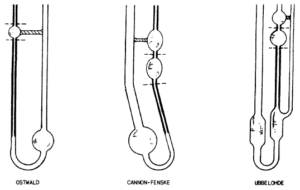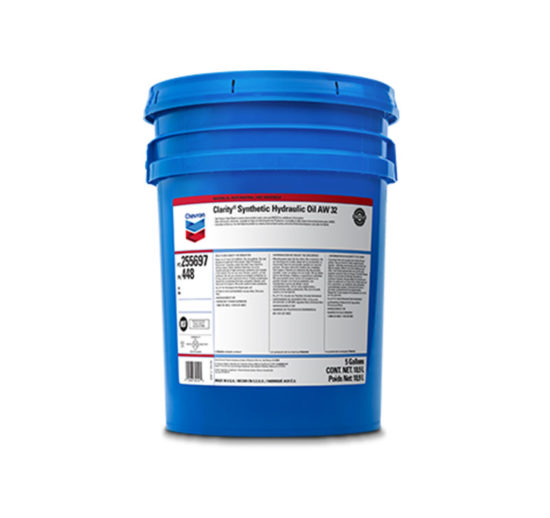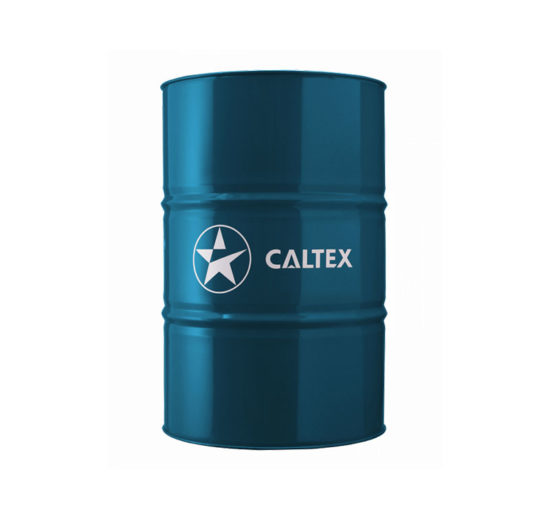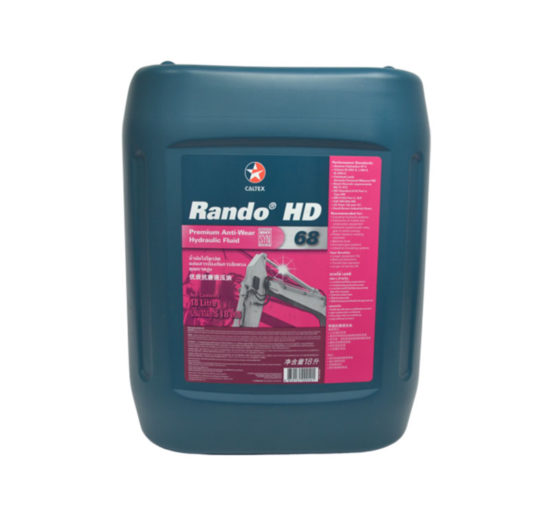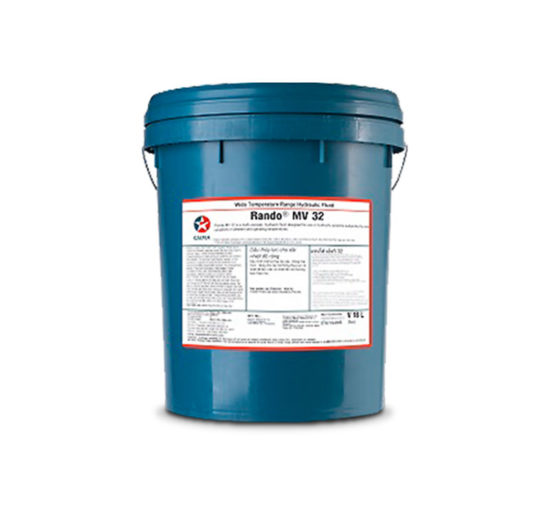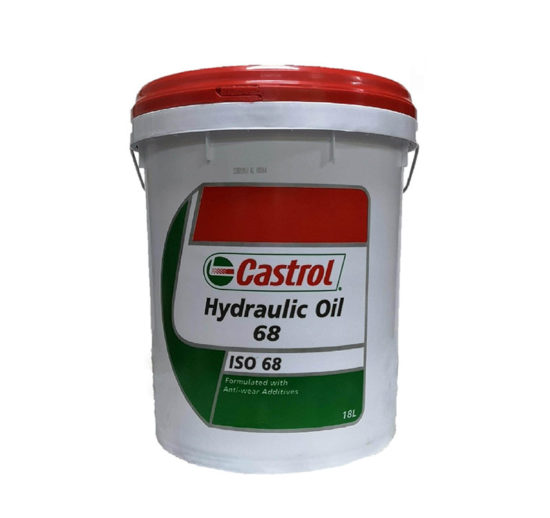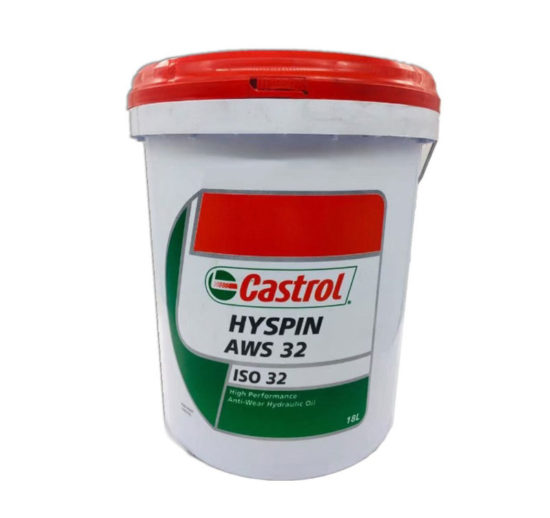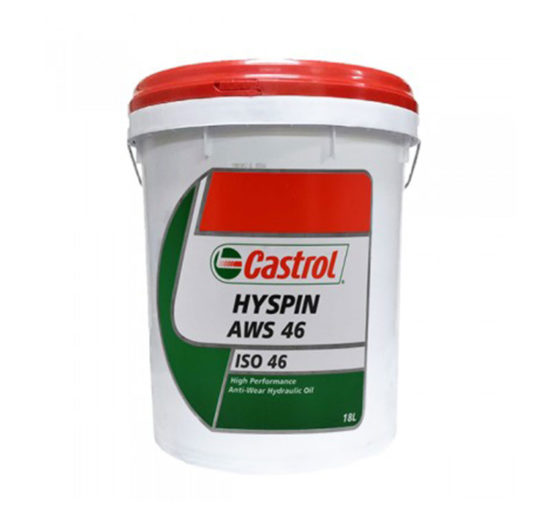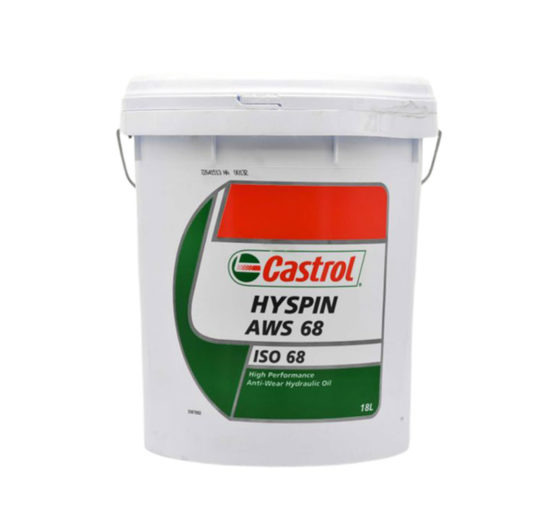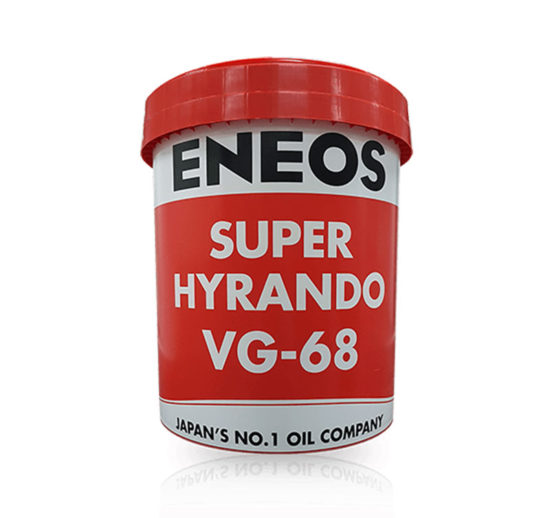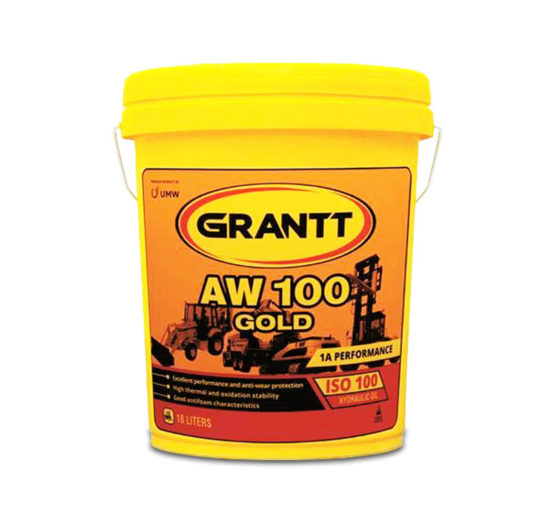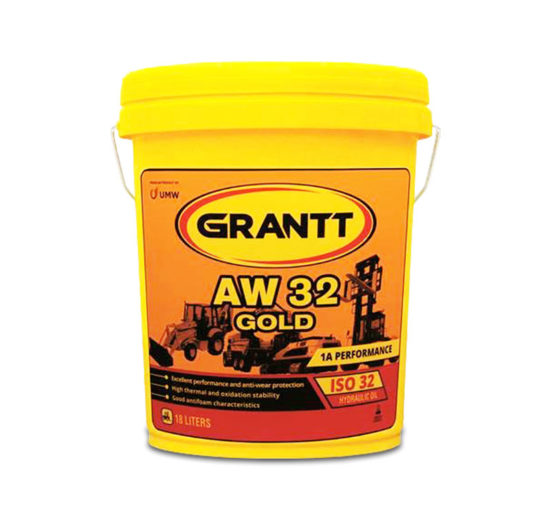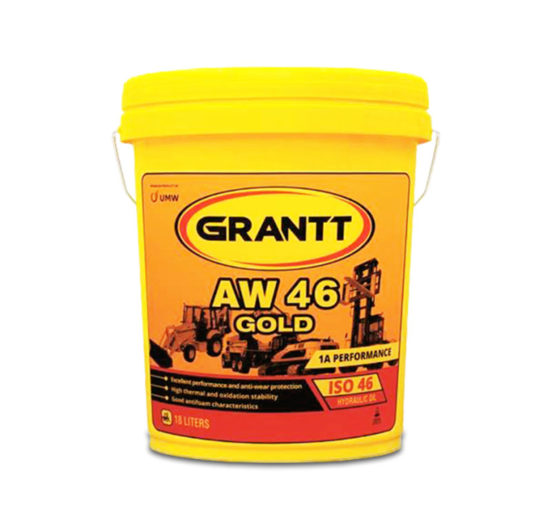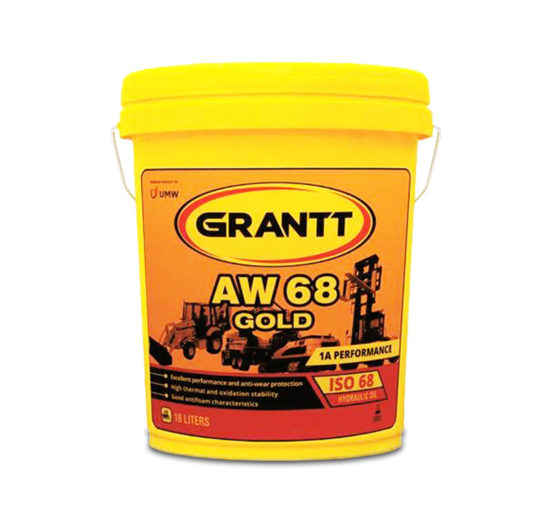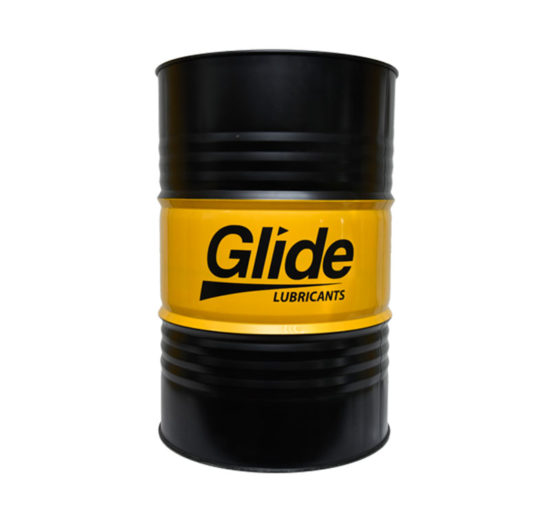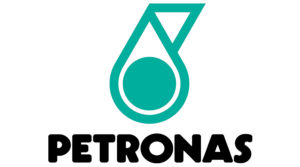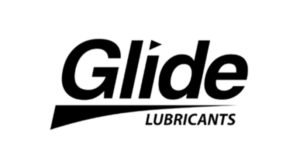Showing 1–15 of 31 results
ANTI-WEAR HYDRAULIC OIL
Hydraulic Oil is formulated from premium quality base oils and a selected additive system to provide excellent protection against corrosion and wear, improved thermal and oxidation stability, and resistance to rusting and foaming.

- Outstanding thermal and oxidative stability.
- Excellent anti-wear protection.
- Superior protection against corrosion.
- Excellent anti-foam and air release characteristics.
- Suitable for use in mobile hydraulic systems.
- Hydraulic Oil 10W CF
- Hydraulic Oil AWS 22
- Hydraulic Oil AWS1 32
- Hydraulic Oil AWS 46
- Hydraulic Oil AWS 68
- Hydraulic Oil AWS 00
- Hydraulic Oil ISO VG 22
- Hydraulic Oil ISO VG 32
- Hydraulic Oil ISO VG 46
- Hydraulic Oil ISO VG2 68
- Hydraulic Oil ISO VG 100

Available Packing: 200 litres, 18 litres
| ISO | KV3 cSt@100°C |
|
22
|
4.3
|
|
32
|
5.4
|
|
46
|
6.7
|
|
68
|
8.6
|
|
100
|
11.1
|
AWS1 Antiwear System
To meet a high speed, high pressure and high temperature hydraulic system.
VG2 Viscosity Grade
Kindly refer to the Viscosity Index description below.
KV3 Kinematic Viscosity
A measure of a fluid’s resistance to flow.
What is Engine Oil?
Viscosity Index (VI)
Viscosity is one of the most important properties of hydraulic fluids. The viscosity of a liquid is affected by changes in temperature and pressure. As the temperature of a liquid increases, its viscosity decreases. The viscosity index (V.I.) of an oil is a number that indicates the effect of temperature changes on the viscosity of the oil. Low VI signifies a relatively signifies large changes of kinematics viscosity with the changes of temperature.
See also: Viscosity of Hydraulic Oil By Martin Cuthbert MEng (Hons)
Effect of temperature on Viscosity
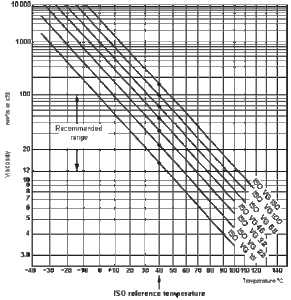
Flash Point
Flashpoint is the temperature at which a liquid gives off vapor in sufficient quantity to ignite momentarily or flash when a flame is applied. A high flashpoint is desirable for hydraulic liquids because it provides good resistance to combustion and a low degree of evaporation at normal temperatures.
Density
Gravity of the hydraulic is less than 1.0 is desired when weight is critical. The density of mineral oils is typically around 870 kg m-3 (in comparison synthetic oils usually have a density of around 1200 kg m-3). The specific gravity, the ratio of the density of the fluid to the density of water, is a dimensionless quantity typically 0.87 for mineral oils.
Foaming Tendency
Foam in a hydraulic system causes from compressed gases in the hydraulic oil. A oil under high pressure can contain a large volume of air bubbles. When this oil is depressurized, as when it reaches the reservoir, the gas bubbles in the oil expand and produce foam.
Refer to : Integrated Publishing , Engine Mechanics Section
How to read a Technical Data Sheet ?
Technical Data Sheet is a document summarizing the technical characteristics of the product. The most common characteristics for hydraulic oil fluid are Kinematic Viscosity, Viscosity Index, Density, Flash Point and Pour Point.
Move your mouse cursor to the BOLD wording, we explain the reading for you !
Below is the Shell Tellus Hydraulic fluid Data Sheet :
|
Shell Tellus S2 M
|
ISO 22
|
ISO 32
|
ISO 46
|
ISO 68
|
ISO 100
|
|
Fluid Type
|
HM
|
HM
|
HM
|
HM
|
|
|
@ 0℃, cSt
|
180
|
338
|
1040
|
1790
|
|
|
@ 40℃, cSt
|
32
|
46
|
100
|
||
|
@ 100℃, cSt
|
5.4
|
6.7
|
8.6
|
11.1
|
|
|
Viscosity Index
|
100
|
99
|
98
|
97
|
96
|
|
Density @ 15 ℃, kg/l
|
0.866
|
0.879
|
0.886
|
0.891
|
|
|
Flash Point, ℃
|
210
|
218
|
235
|
250
|
|
|
-30
|
-30
|
-24
|
-24
|
*For a liquid – the kinematic viscosity will DECREASE with higher temperature*
Viscometer – is used to measure Kinematic viscosity.
It is measure the time in seconds required for the tested fluid to flow through the capillary.
